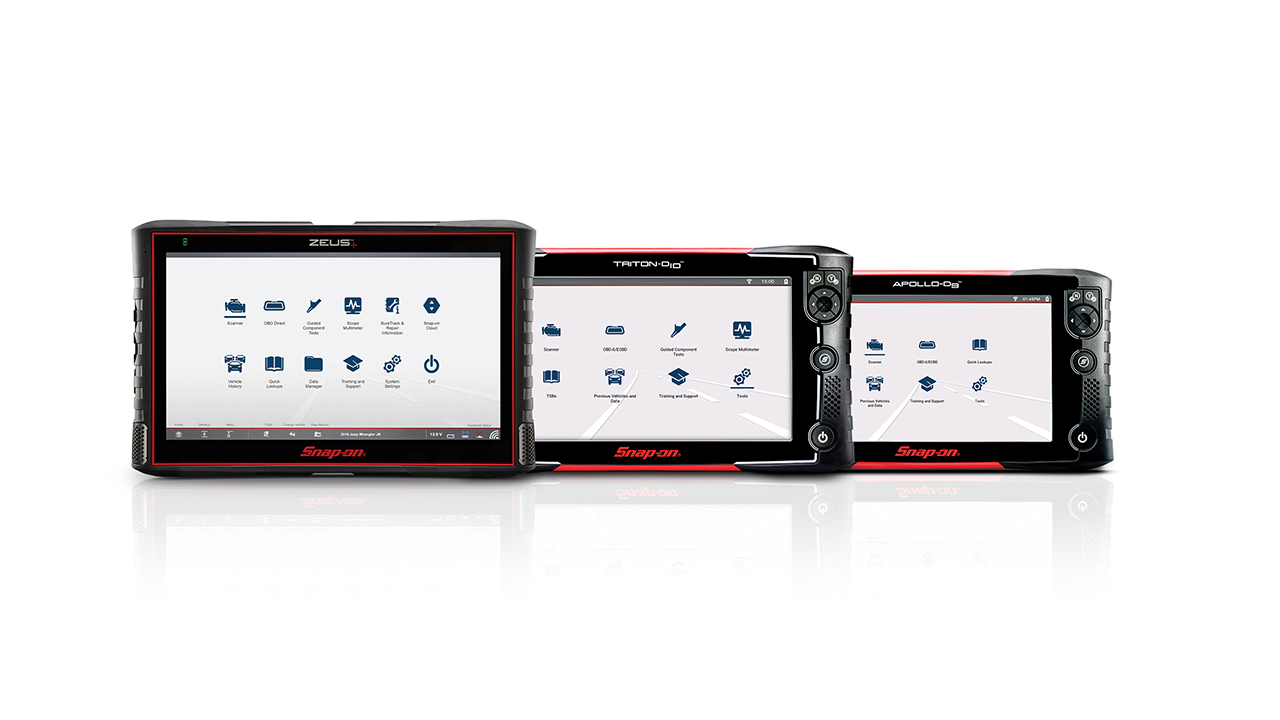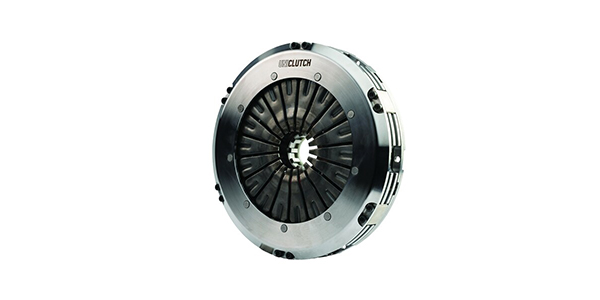Siemens VDO has developed a vehicle braking concept consisting of about 30 percent hardware and 70 percent electronics – a 180 degree change from traditional hydraulic braking systems. The company has developed the electronic wedge brake (EWB), a low power/low energy 12-volt by-wire braking technology that uses a car’s kinetic energy to stop itself, eliminating the need for hydraulic pipes, brake cylinders, brake boosters or traditional antilock braking control and braking fluid.
Siemens VDO’s future braking system offers considerable safety and comfort advantages over the hydraulic brake, as it lowers overall weight and makes for greater reliability for improved safety with reduced servicing requirements. By doing away with the hydraulic braking system, it also helps to make the vehicle more environmental friendly. In addition, the EWB works much faster than conventional hydraulic brake systems, enabling shorter stopping distances on challenging driving surfaces, such as ice and snow.
The use of the standard 12-volt vehicle electrical system opens up new design potential for automobile manufacturers, as the hydraulic-free wedge brake takes up less space both in the engine compartment and in the chassis. At the same time, it is faster to install in the vehicle assembly process and has fewer required brake components. The electronic brake system also can be adapted more easily and faster to vehicles applications due to pretested brake modules, helping to save time and development costs.
EWB is based on innovative technology developed by eStop, a firm which was acquired by Siemens VDO in early 2005, and its control-related foundations originate from German Aviation and Aerospace Center applications. During braking operation, a brake pad attached to a wedge is pressed between the brake caliper and the brake disc. As the wheel turns, the wedge effect (self-reinforcement) is automatically intensified. This allows any level of braking power with a minimum of intricacy.
Vehicles employing the electronic wedge brake solution will have an intelligent wheel-braking module fitted to each wheel. The module consists of brake pads, a wedge attached to the wedge-bearing mechanism, a mechanical power transmission between the two electric motors and a sensor system for monitoring movement and force. The sensors measure wheel speed several hundred times per second and braking forces and wedge position to a high degree of accuracy and resolution.
When the driver engages the brake pedal, the EWB system electronically transmits the activation signal to the interconnected brake modules. When the brake activation signal is received, electric motors actuate a wedge-bearing mechanism consisting of several rollers to move the wedge into the required position, according to the sensor feedback values. This causes the brake pad to be pressed against the brake disc. Based on the principle of self-energization, the braking effect builds up very rapidly and the intelligent control prevents any danger of the wedge from locking up.
This principle of "unstable" control structures was taken from high safety-critical systems for aviation and aerospace applications and adapted for automotive purposes. Similar to airplanes, the EWB has a sophisticated redundant architecture, making the system is extremely safe and reliable.
Finally, the EWB is not only for braking while the vehicle is moving, but also can be used as an automatic parking brake. This allows vehicle designers to do away with the traditional manual parking brake, while preventing the vehicle of the future against rolling away when parked. The mechanical decoupling of the brake pedal and the brake also will avoid the often misunderstood pulsing of the brake pedal when ABS is in use. In the event of a collision, the mechanical decoupling of the brake pedal and the brake also makes for greater occupant crash protection in the foot area.
For Siemens VDO, the electronic wedge brake is another area of application in the development and production of brake-by-wire technologies, which have been part of the company’s day-to-day business for more than 20 years. The electronic accelerator pedal is now a standard feature on millions of vehicles. Today, any modern car with an electronically controlled fuel injection system already uses the mechanical pressure exerted by the driver on the accelerator pedal to electronically transmit the driver’s input to the electronic engine control unit. In the future, electronics will replace other mechanical and hydraulic systems, thereby reducing costs, enabling new functions and increasing reliability.
Siemens VDO’s rapid and intelligent braking system is one of the foundations for advancing the next generation of driver assistance systems. Siemens VDO sees its electronic wedge brake (EWB) brake-by-wire technology as the answer to future vehicle chassis safety, weight, reliability and space requirements. Autonomous intervention in vehicle dynamics will increasingly help keep the vehicle under control, even in difficult operating situations.
For more information, visit http://www.siemensvdo.com/usa.


